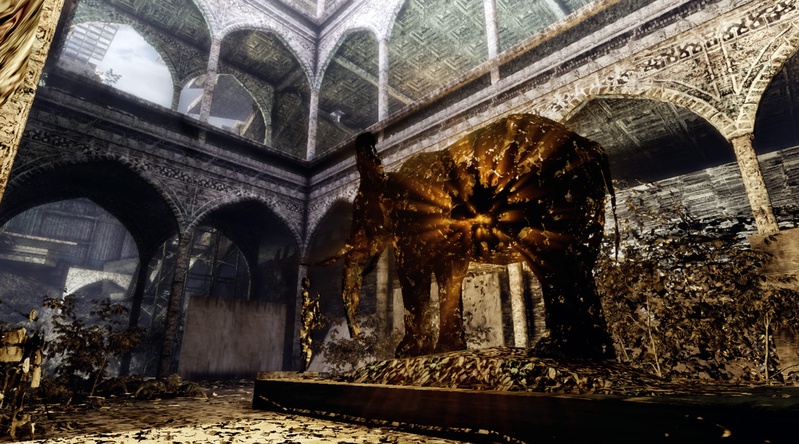During his studies Jasper de Beijer was an avid sketcher. He used scale models and staged settings as study material for his drawings, paintings and later on in his career photographs too. Constructed photography gradually became Jasper de Beijers’ main discipline. He builds all his visual elements from scratch in his studio. Like an archeologist or a collector, he is mainly interested in (historic) sources he comes across. He usually finds them in archives, in the periphery of major events when clashes between two different worlds or cultures took place. Based on this keen interest, he felt the need to recreate these situations using the material he has found as a starting point. This is how Jasper de Beijer makes his own testimony of a historic event which he is then free to manipulate.
Jasper de Beijer works on his projects for months on end using all means available to him. He usually builds complex landscapes or scale models, that he fills both with handmade parts such as costumes, dolls, masks and props and with computerized images. The result is a mixture of awkward and ingenious visual elements that he assembles digitally to form new situations creating his own unique visual language.
Africa plays a major role in Jasper de Beijer’s interest in colonial history. During one of his journeys across the African continent looking for voodoo, he discovered that his expectations did not correspond with the local reality he encountered. Apparently, image formation can be strong enough to take on a life of its own. This means that the images and (negative) associations that certain events or venues evoke are a recurring theme in the work of Jasper de Beijer. He plays with clichés and archetypes to create revised editions of reality that seem familiar at first but turn out to have a double layer.

